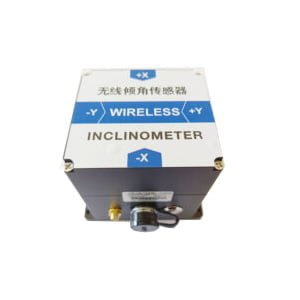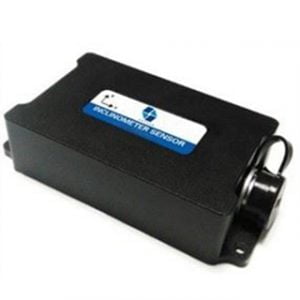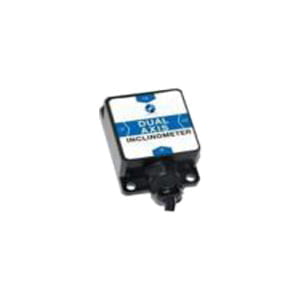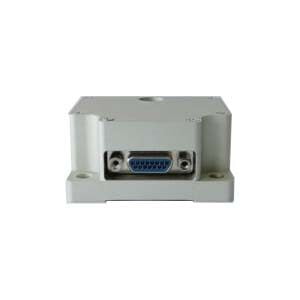The inclination sensor is also called the angle sensor, which measures the angle through the technology of the sensor. When choosing a sensor, you need to know, what is the measurement range of the sensor, what is the accuracy of the measurement, how to install it more easily and conveniently, and even how to maintain the sensor in the future?
In fact, the sensor is a very simple instrument for a developer, and it is also very simple for a user. Similar to choosing a good inclination sensor, you must first know whether you are using a sensor IC or a sensor module, but the actual The direct purchase is the sensor module.
The inclination sensor collects the component size of the gravitational acceleration on the sensitive axis of the sensor through the sensor chip. The control unit processes the pulse signal transmitted by the chip, calculates the inclination angle, and outputs it to the network or display screen through the communication unit. Therefore, the core of the inclination sensor is the writing of chip technology and control program. For these two cores - sensor chip and control unit, manufacturers mainly choose the appropriate chip and program control and then produce the inclination sensor. Just like a mobile phone, you don't need to know the circuit principle and communication protocol inside, you can use it at the application layer, and the same is true for sensor chips. The basic principle of the inclination sensor is to etch a polysilicon surface micromechanical sensor in a silicon wafer, and integrate a set of precise signal processing circuit, the signal processing circuit can convert the analog signal generated by the surface micromechanical sensor into duty cycle. than modulated digital signal output.
According to physical mechanics, it can be known that when the object has an angle with the reference plane, the ratio of the acceleration in the direction of motion to the acceleration of gravity is different from the angle α between the acceleration and the acceleration of gravity when there is no angle. According to the decomposition of the force, the gravitational acceleration will have a component acting in the direction of Ax, and Ax=gsinα, so the inclination angle α=sin-1 (Ax/g). However, when the object moves with variable acceleration in the direction of the datum plane, its Ax is also a changing value, so a correct judgment will be made because the static acceleration and dynamic acceleration of the object cannot be distinguished.
The inclination sensor has the distinction of dual-axis and single-axis, which can continuously measure the change of angle. The specific use of single-axis or dual-axis is determined according to the place and form of use you use. It is used in the measurement of the angle of the radar antenna, and the detection of the attitude of bridges, mountains, dam engineering manipulators, etc must use the tilt sensor. The range and accuracy of the inclination sensor are generally selected directly according to the parameters of a good sensor. The range can be measured by 360 degrees of inclination through the cooperation of two axes. The product is now very stable. In some occasions where full-scale inclination measurement is required, it is ideal to choose a 360-degree product.
Generally speaking, the service life of the inclination sensor is relatively short, which is related to its use environment, so when we use the inclination sensor, we should pay attention to protecting the sensor in harsh environments, especially on the mechanical car. The detection sensor and replacement, high temperature and long-term operation, etc. are not conducive to the service life of the sensor. Therefore, when we choose a good inclination sensor, we must think about the hidden safety hazards in the use of the sensor.
Application of tilt sensor in UAV:
Inclination sensor, integrated gyroscope and accelerometer provide flight control system with data to maintain level flight. This is the most important stability monitoring application during the transport and delivery of fragile goods.
These sensors and gyroscopes, combined with accelerometers, can measure subtle changes in motion, enabling tilt sensors to be used in mobile applications such as gyroscope compensation for cars or drones.
With the continuous maturity and progress of technology, people's awareness of the application value of drones has deepened, and drones are playing an increasingly important tool. Nowadays, drone technology is constantly innovating. With the improvement of drone intelligence, access to the network is bound to become an important trend. Like any device connected to the network, "safety" will also become the future development of drones. key
More Technical Questions
1.How accurate is MEMS gyroscope?
2.How is MEMS Different from Mechanical Gyroscope?
3.Application of Inclination Sensor in Electronic Belt Conveyor
4.The Difference and Application of Single and Dual Axis Inclination Sensors
5.Application of Inclination Sensor in Automatic Monitoring
6.Inclination Sensor Principle
Products in Article






